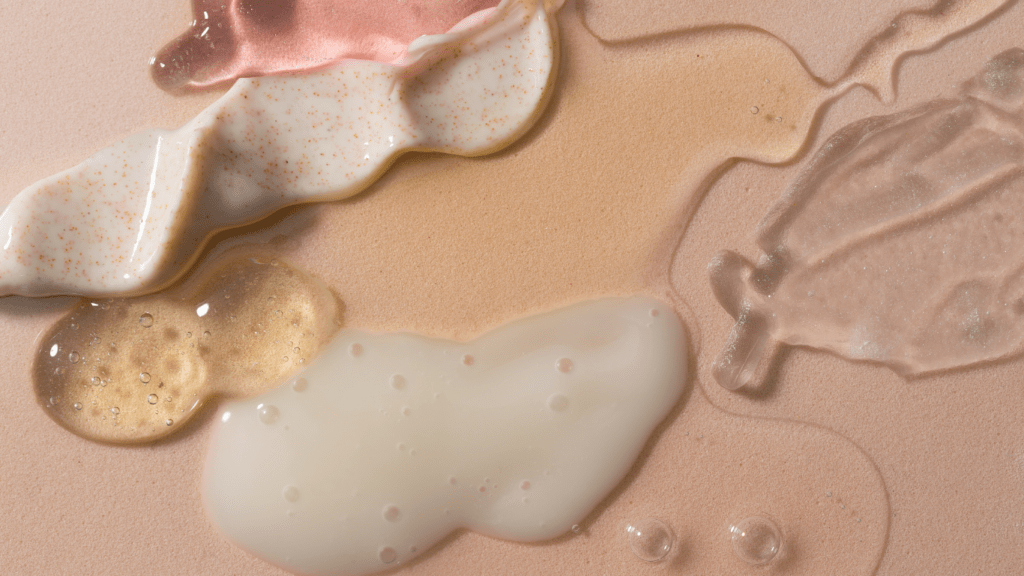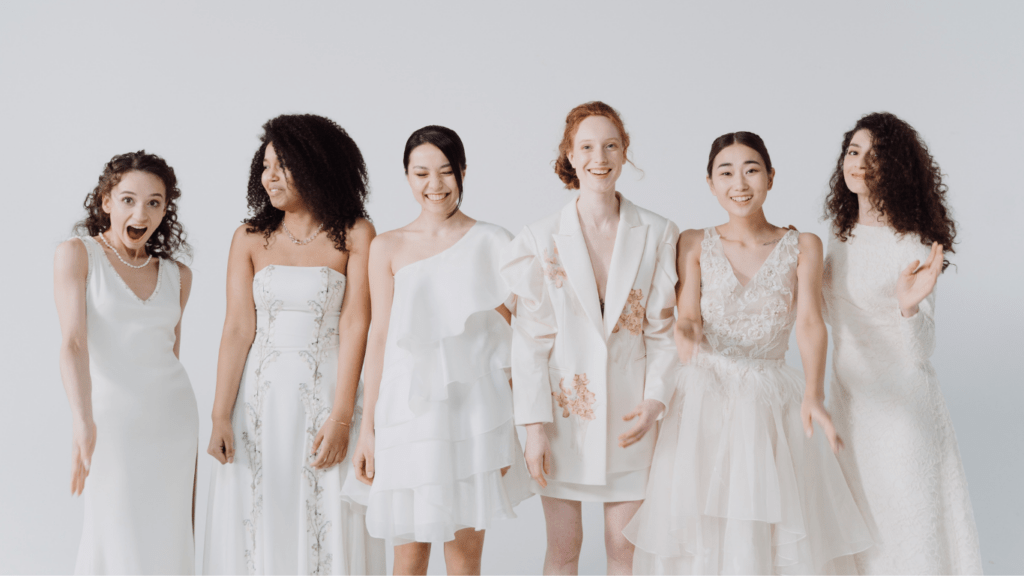The Rise of K-Beauty
K-Beauty began gaining international attention in the early 2010s. Major catalysts included globalized digital platforms and the popularity of Korean pop culture. People started noticing the efficacy of K-Beauty products, notably BB creams and sheet masks, which soon became staples.
Skincare Routines Driven by Uniqueness
The 10-step skincare routine epitomizes K-Beauty’s distinctive approach. It involves cleansing, toning, hydrating, nourishing, and protecting the skin. Each step addresses specific skin concerns, ensuring comprehensive care. Examples include double cleansing with oil and foam and using serums layered for targeted treatment.
Innovative Ingredients Revolutionizing Skincare
K-Beauty’s innovation is also ingredient-driven. Snail mucin and centella asiatica, for instance, offer unique skin benefits. Snail mucin aids in healing and hydration, while centella asiatica soothes and repairs. Fermented ingredients improve skin texture and brightness.
Influence of Korean Pop Culture
K-Pop and K-Dramas significantly contribute to K-Beauty’s global rise. Influencers and celebrities frequently endorse skincare and makeup products. This exposure results in increased interest and trust in K-Beauty brands.
Global Market Expansion
K-Beauty companies strategically expanded their global presence. Brands like Innisfree and Laneige opened stores worldwide, making products more accessible. Online shopping has also played a vital role, with e-commerce platforms offering a wider range of products to an international audience.
Subscribing to K-Beauty Philosophy
K-Beauty’s holistic philosophy emphasizes long-term skin health over temporary beauty fixes. Its focus on prevention and maintenance resonates with many globally. The ritualistic approach to skincare fosters a self-care culture and promotes mental well-being.
Key Trends in K-Beauty
K-Beauty’s influence continues to shape global beauty standards. Here are key trends driving its popularity.
Skincare Routines
K-Beauty skincare routines are celebrated for their multi-step approaches. These routines focus on cleansing, toning, treating, and hydrating the skin.
For instance, the double cleansing method involves using an oil-based cleanser followed by a water-based one. This ensures thorough removal of makeup and impurities. Layering lightweight products, such as essences and serums, provides intense hydration and targeted treatments.
Innovative Ingredients
K-Beauty often features unique and effective ingredients. Snail mucin, rich in nutrients like glycoproteins and hyaluronic acid, helps repair and hydrate the skin. Centella asiatica, an herb known for its soothing properties, reduces inflammation and promotes healing.
Fermented ingredients, utilized for their enhanced efficacy, improve skin texture and resilience. Products like sheet masks, soaked in these potent formulations, deliver immediate results.
Makeup Techniques
K-Beauty makeup emphasizes a natural and youthful appearance. Techniques like “glass skin” focus on achieving a dewy, luminous complexion. BB and CC creams offer lightweight coverage with skin benefits, replacing heavier foundations.
Gradient lips, created by blending colors from the center outward, provide a soft and subtle look. Eyeliner and eyeshadow styles often highlight the eyes with subtlety, enhancing their natural shape rather than overpowering it.
K-Beauty’s Influence on Global Markets
K-Beauty’s global influence continues to grow by shaping beauty trends and standards worldwide. Various elements contribute to its adoption and market growth.
Adoption in Western Countries

Western countries have eagerly embraced K-Beauty trends, driven by their uniqueness and effectiveness. Consumers in the US and Europe have integrated multi-step routines into their skincare regimens. They seek products featuring unique ingredients like:
- fermented rice
- ginseng
- pearl powder
Celebrities and influencers frequently showcase K-Beauty products, amplifying their popularity. Retailers like Sephora and Ulta now stock extensive K-Beauty selections, catering to growing consumer demand.
Growth in Online Retail
K-Beauty’s rise in online retail markets is notable. E-commerce platforms like Amazon, YesStyle, and Soko Glam have extensive K-Beauty product lines. Subscription box services like Birchbox and Ipsy include K-Beauty items, increasing exposure.
The convenience and accessibility of online shopping have made it easier for global consumers to adopt and explore K-Beauty. Digital marketing, social media influencers, and beauty bloggers play crucial roles in this trend, driving awareness and engagement.
Cultural Impact of K-Beauty
K-Beauty’s rise isn’t just about products; it also reshapes cultural perceptions and beauty standards globally. Many turn to K-Beauty for innovative skincare, inclusive beauty representations, and effective self-care.
Representation in Media
K-Beauty’s media presence has grown significantly. Korean dramas and films showcase flawless, healthy skin, making K-Beauty routines aspirational. Viewers expect high standards in shows, creating a cultural mirroring effect. Additionally, beauty YouTubers and bloggers often review K-Beauty products, further amplifying their reach.
Celebrity Endorsements
Celebrity endorsements play a key role in spreading K-Beauty. High-profile figures like BTS and Blackpink, who have global fanbases, endorse various skincare brands. When these celebrities recommend products, fans are more likely to try them. Influencers like Michelle Phan also promote K-Beauty by highlighting their benefits, making them popular among trendsetters.
The Future of K-Beauty
K-Beauty’s growth shows no signs of slowing down. Emerging trends and sustainability initiatives are paving the way for its continued global influence.
Emerging Trends
Innovative products and techniques define K-Beauty’s future. Companies are developing waterless skincare, which minimizes water usage in beauty routines and creates concentrated formulas for better results. Multi-functional products are also gaining popularity; for example, BB creams offer hydration, coverage, and sun protection in one product. Customizable skincare solutions are becoming a trend, where AI technology helps create personalized regimens based on individual skin needs.
Sustainability Initiatives
- Sustainability is at the forefront of K-Beauty’s evolution.
- Brands are focusing on eco-friendly packaging, often using biodegradable materials or recyclable containers to reduce waste.
- Many companies have also begun formulating products with natural and organic ingredients, avoiding harmful chemicals and supporting ethical sourcing.
- Transparency in ingredient sourcing and manufacturing processes ensures that consumers know exactly what they’re applying to their skin, fostering trust and a loyal customer base.



 Beauty Product & Fashion Brand Reviewer
Elizabethie Vallestiera is Glam World Walk's go-to expert for in-depth beauty product reviews and luxury brand spotlights. With a meticulous approach to analyzing the latest beauty innovations, she ensures that readers are always informed about the best products on the market. Elizabethie’s passion for uncovering the stories behind iconic fashion brands makes her articles not only informative but also captivating, offering a blend of style, substance, and glamour that readers crave.
Beauty Product & Fashion Brand Reviewer
Elizabethie Vallestiera is Glam World Walk's go-to expert for in-depth beauty product reviews and luxury brand spotlights. With a meticulous approach to analyzing the latest beauty innovations, she ensures that readers are always informed about the best products on the market. Elizabethie’s passion for uncovering the stories behind iconic fashion brands makes her articles not only informative but also captivating, offering a blend of style, substance, and glamour that readers crave.
